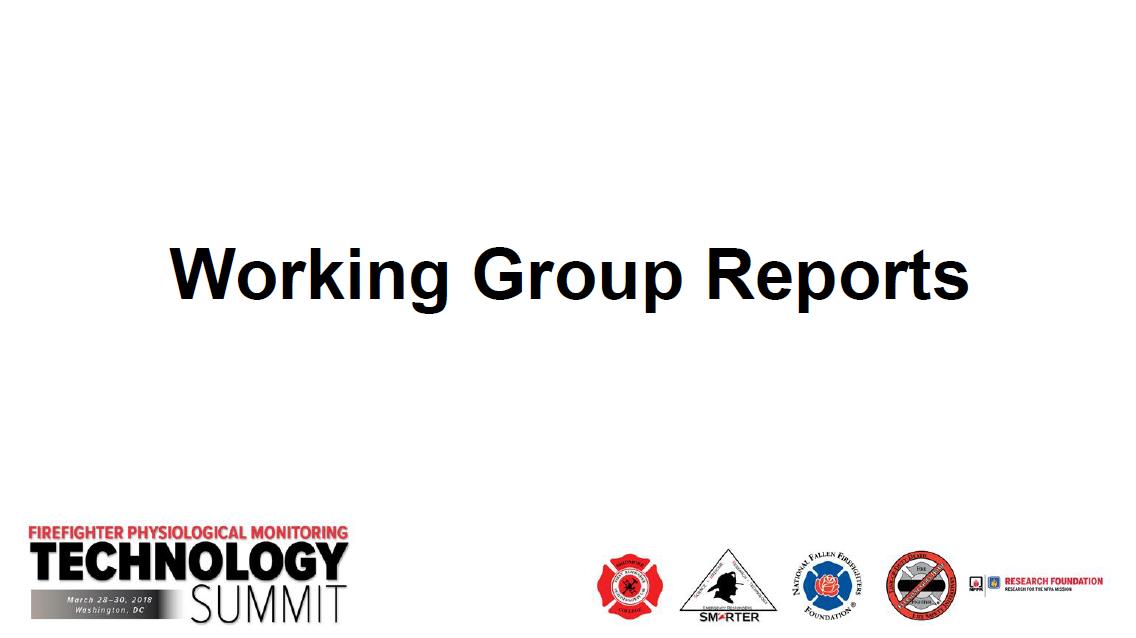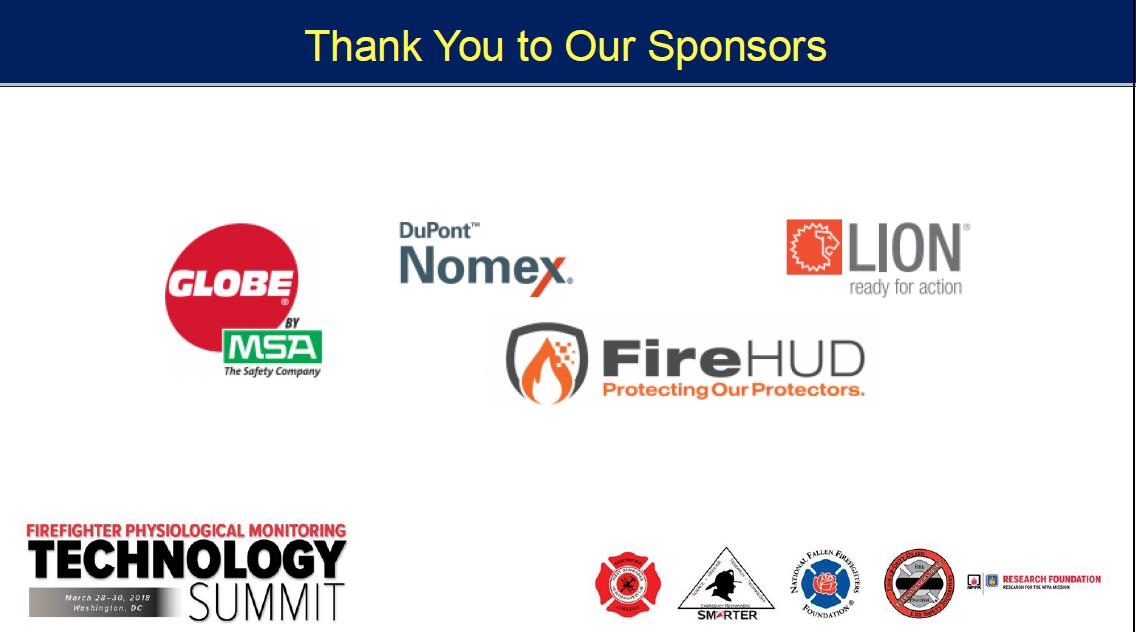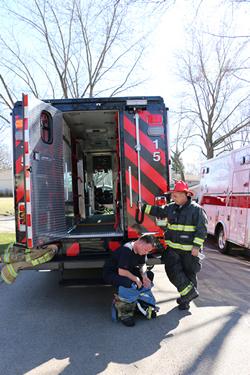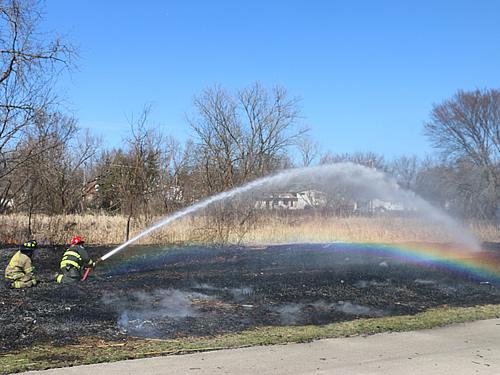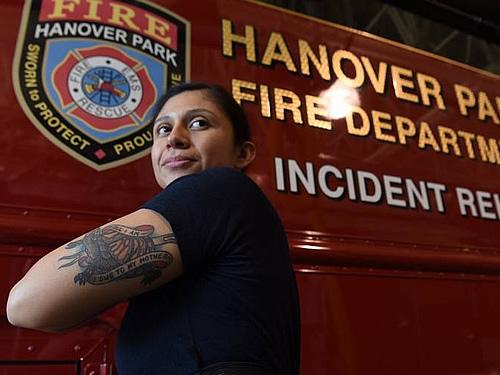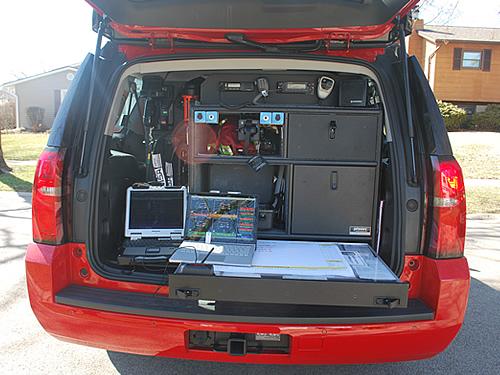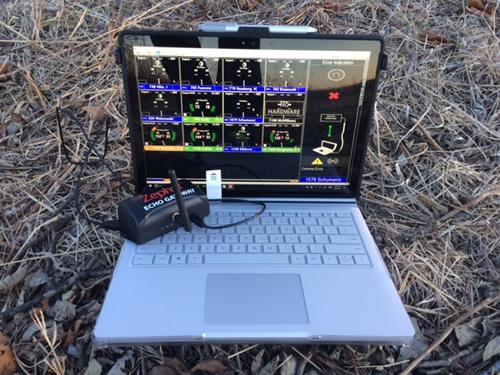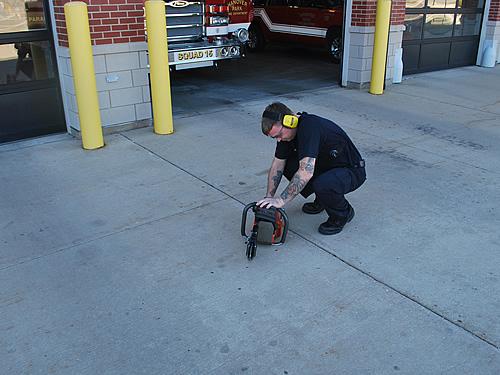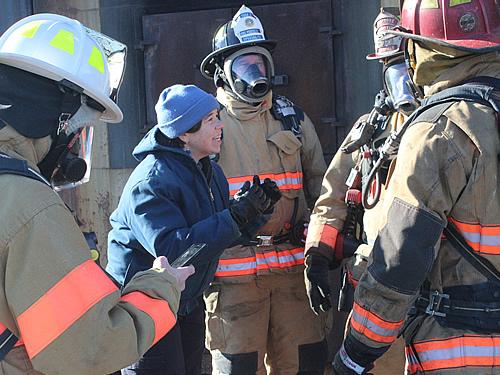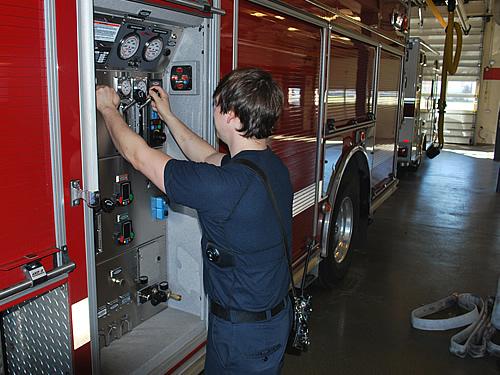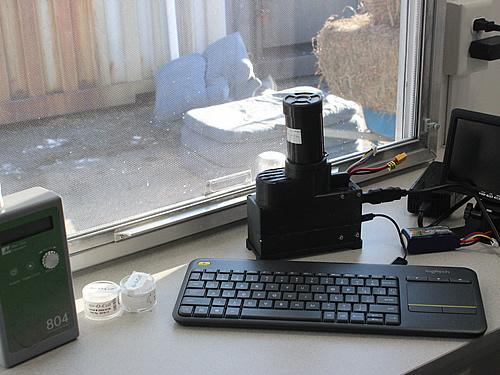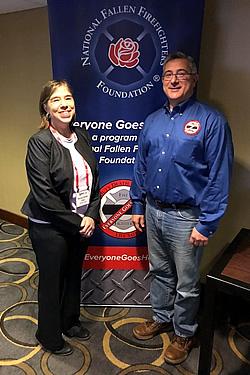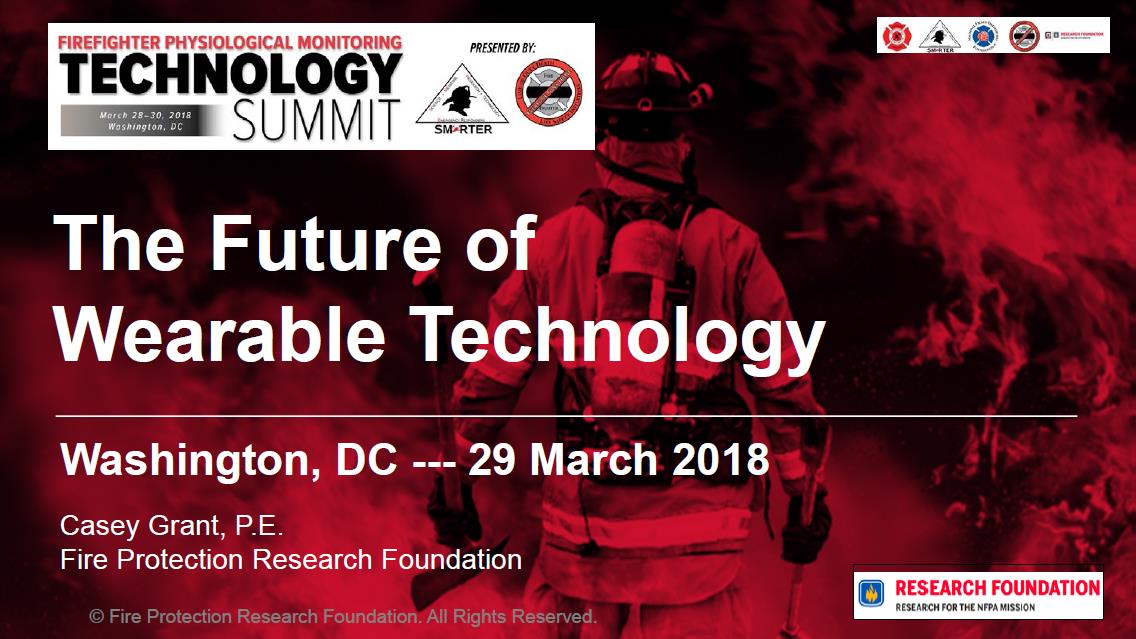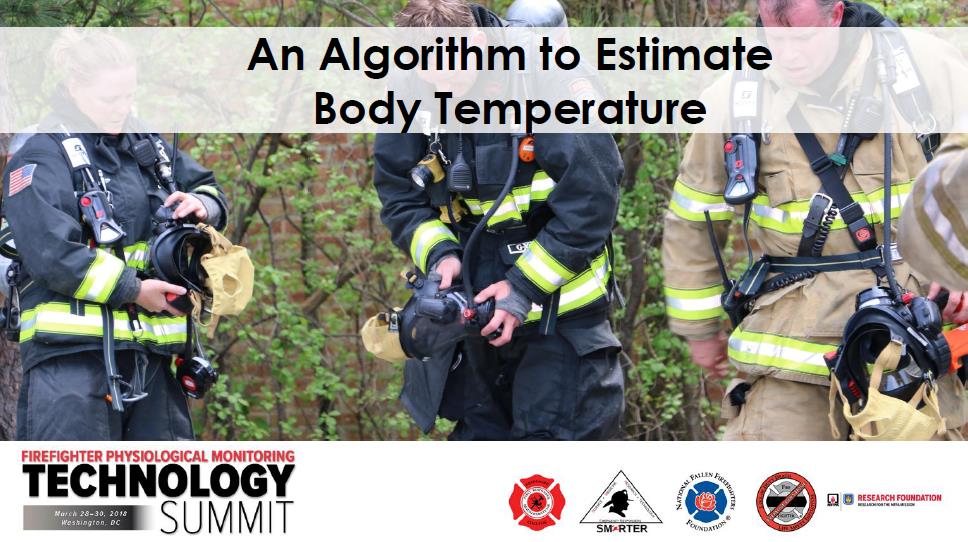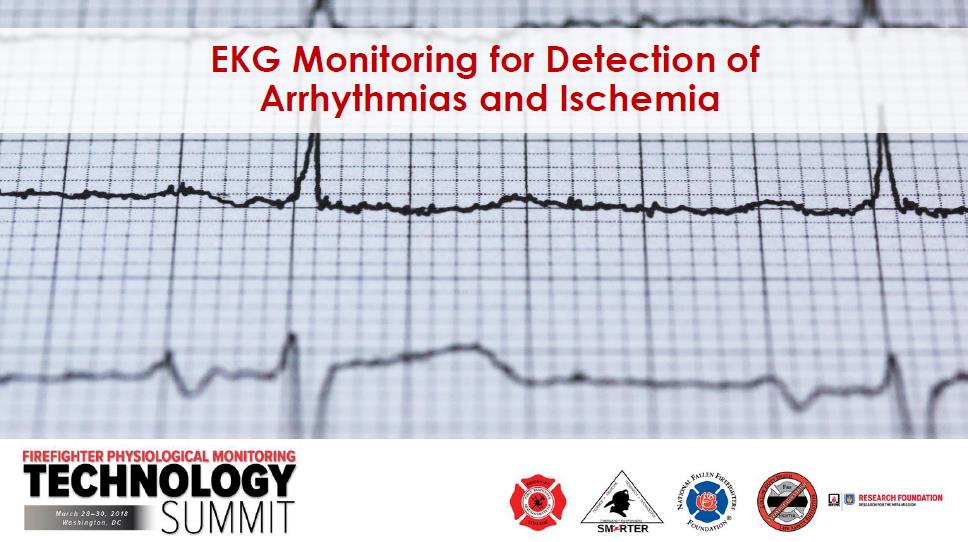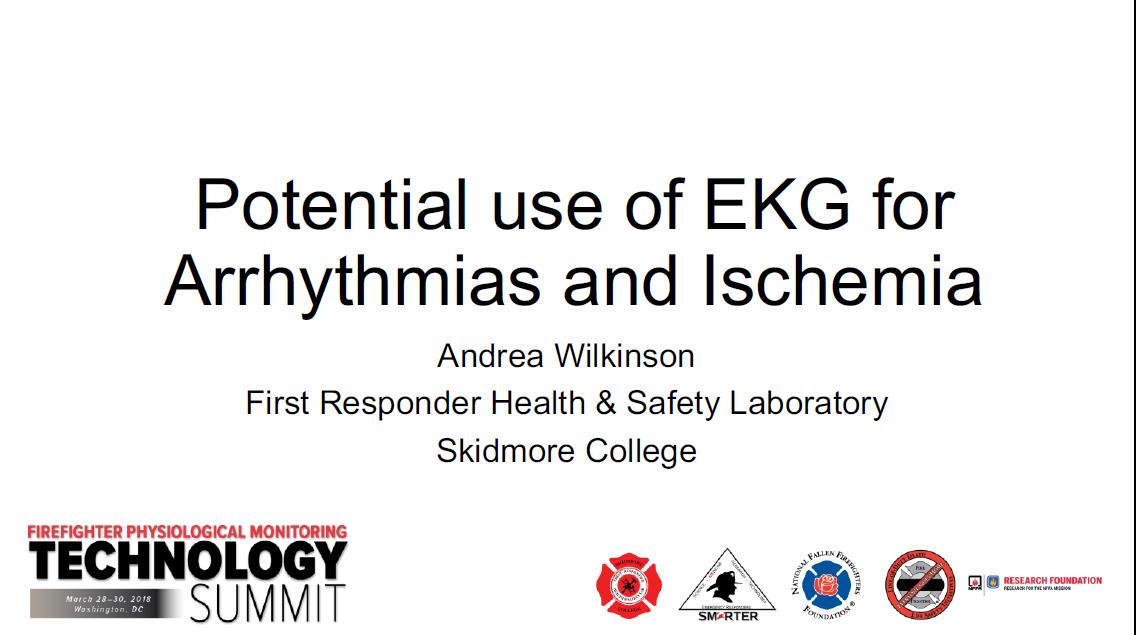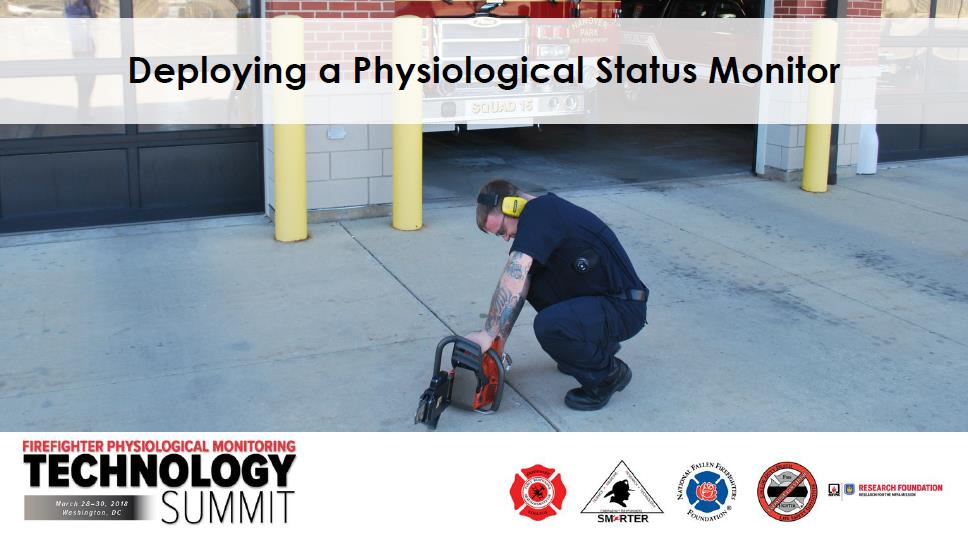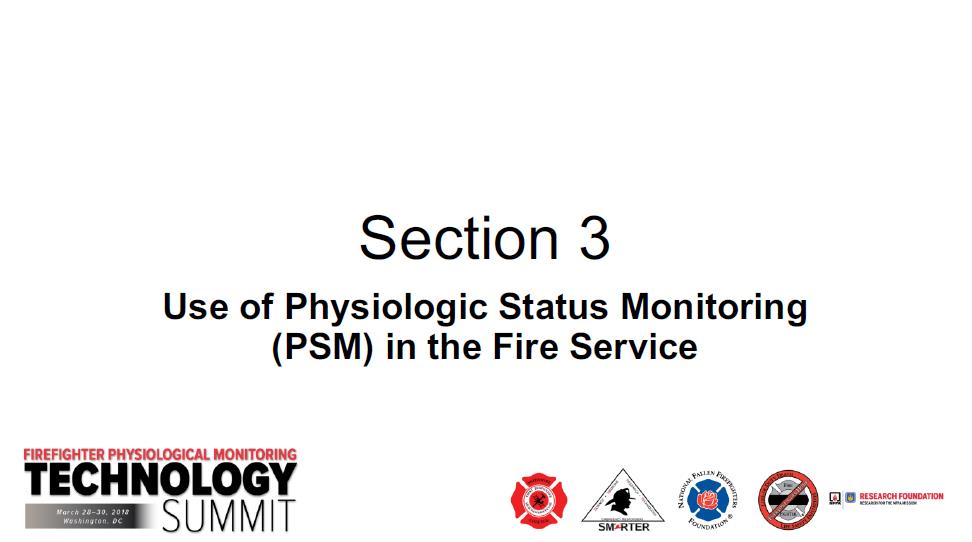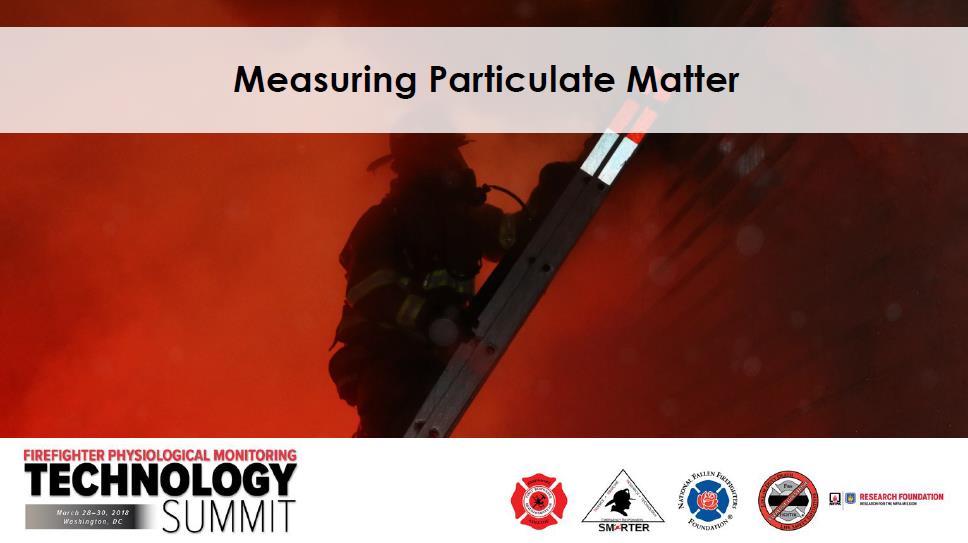SMARTER Project Overview
SMARTER (Science Medicine And Research & Technology for Emergency Responders) seeks to employ scientific advances, medical knowledge, research findings and technological solutions to reduce firefighter injuries and fatalities. SMARTER address three specific vulnerabilities that increase the risk of firefighter injury, fatality or toxic exposure:
- Use of wearable ECG technology to detect early signs of cardiac events following firefighting or training;
- Use of algorithms to estimate core temperature and reduce the risk of heat-related injuries and fatalities;
- Use of low cost, portable technology to monitor air contamination levels on the fireground and in structures post-fire.
This study is supported by the DHS/FEMA Grant Directorate for the Assistance to Firefighters Grant (AFG) Program—Fire Prevention and Safety Grant (EMW-2015-FP-00731) awarded to Denise Smith, Principal Investigator.
Project Articles
Click Here to see the final SMARTER REPORT
Scientific Publications
Wilkinson, A.F., Matias, A.A., Eddy, C.I.K., Soares, E.M.K., King, J.K., Smith, D.L. (2019). Physiologic strain of SCBA confidence course training compared to circuit training and live-fire training. Applied Ergonomics. DOI: 1016/j.apergo.2019.102966
Fire Service publications
Smith, D.L., Haigh, C.A., Wilkinson, A. (2019) Structural PPE in the wildland environment: SMARTER project identifies heat stress concerns in real-world fire incidents. FirehouseResearch Corner. April, 2019: 68-73.
Smith, D.L., Haigh, C.A., Wilkinson, A.F., Ames, J., Buller, M., Wu, Y., Batalin, M., Ozcan, A., King, J.L. (2019). Get SMARTER: SMARTER Project seeks to develop and advance technologies in key areas of health and safety. Firehouse, January supplement: A3-A14
Haigh, C.A., Wilkinson, A.F., Smith, D.L. Haigh, L.B. (2018). The Hazards of Cleanup: The Physiologic Stress Continues. Fire Engineering, 171(12): 39-44.
Werner, C. (2018). The future of wearable technology. Firehouse, 43(6): 60-63.
Tobia, M. (2018). Firefighter physiological monitoring technology. Firehouse, Health & safety report, September supplement: A14-15.
Sendelbach, T. (2018). Are You Prepared to Take Ownership? Technological advancements can help firefighters prioritize their health and safety. Firehouse, May, 12.
Clauson, M.J. (2018). Futuristic Firefighting: Technological Advancements in the Fire Service. Sioux Falls Fire Rescue Monthly Newsletter. June, 2018, 4.
Dubiel, R. (2017). Hanover Park Fire Department takes part in SMARTER. IFSAP Newsletter. Winter 2017.
Firefighter Physiological Monitoring Technology Summit
The Technology Summit was largely underwritten by AFG grants obtained by the First Responder Health & Safety Laboratory at Skidmore College and the National Fallen Firefighters Foundation. This gathering presented the most promising advances in the field of physiological monitoring. It also served as a platform to share information and ideas as they pertain to technological solutions to enhance firefighter health and safety. Casey Grant, executive director of the National Fire Protection Association Foundation, delivered the keynote address on firefighter “wearable” technology for physiological monitoring.
Agenda (click to see)
Summaries of major areas
- Enhancing an Algorithm to Accurately Estimate Core Temperature
- Potential Uses of ECG/EKG Monitoring
- Deploying Physiological Status Monitoring (PSM) in the Fire Service
- Building a Low-Cost, Portable Particulate Monitor for the Fireground
Presentations
Keynote: The Future of Wearable Technology
Enhancing the Heat Stress Algorithm to Combat Heat Stress
Potential Use of EKG to Detect Arrhythmias and Ischemia
Use of Physiological Status Monitoring (PSM) in the Fire Service
Deployment of a Low-Cost Particulate Matter Monitor
Working group reports
Kevin Roche, LODD Research, National Fallen Firefighters Foundation
